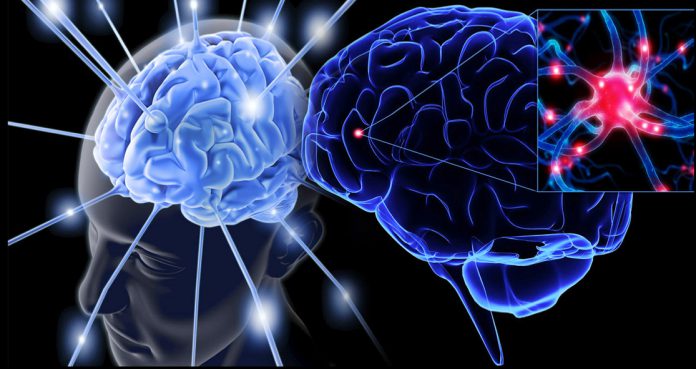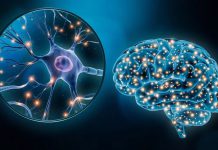Researchers from Johns Hopkins University School of Medicine used a targeted gene epigenome editing method in mice to reverse one genetic mutation that can lead to a genetic brain disorder called WAGR syndrome.
WAGR syndrome is a disorder that affects many bodily systems, causing intellectual disability and obesity in people affected by the condition.
The researchers found that a gene, C11orf46, plays an important role in regulating brain development. The gene turns on and off certain proteins that guide the long fibers that grow out of newly formed nerve cells, which are responsible for connecting two hemispheres of the brain and sending electrical messages. The gene is also responsible for forming a bundled structure called corpus callosum.
Failure of this particular gene leads to improper formation of the corpus callosum, leading to intellectual disability and other disorders related to brain development.
Study author Dr. Atsushi Kamiya said, “Although this work is early, these findings suggest that we may be able to develop future epigenome editing therapies that could help reshape the neural connections in the brain, and perhaps prevent developmental disorders of the brain from occurring.”
Also called chromosome 11p13 depletion syndrome, WAGR syndrome can result when some genes located in the chromosome 11p13, including C11orf46, are deleted by chance.
The researchers tried to edit the epigenome that allowed the gene C11orf46 to bind and turn down the gene in the mice, restoring the neuron fiber bundling. The findings of the study were published online in Nature Communications.























